Hicatee Awareness Month 2018 Wrap Up
Hicatee Awareness Month 2018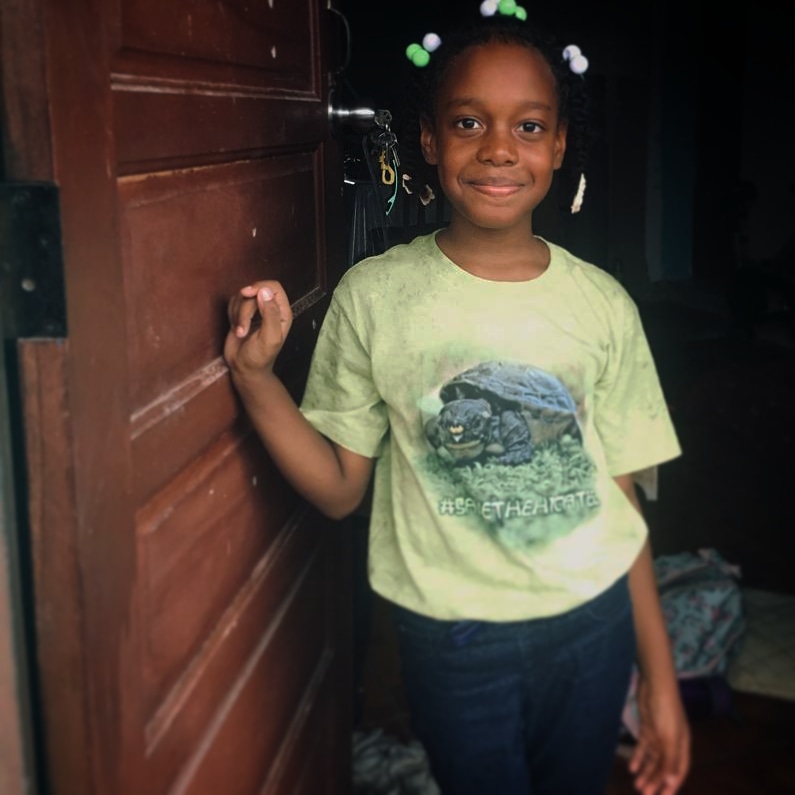
The Hicatee turtle, a national treasure for Belize, is seriously under threat due to over-hunting for human consumption. Listed as critically endangered, Belize offers the highest chance for its survival.
Because the Hicatee is in need of greater protection and innovative conservation actions, Turtle Survival Alliance and BFREE launched Hicateee Awareness Month, a country-wide awareness campaign in 2017.
The campaign commenced with the release of the natural history documentary “Hope for Belize’s Hicatee: Central American River Turtle.” Partners supported the launch hosting community viewing parties of the film, a volunteer toolkit provided step by step instructions on how to get involved, and social media played a significant role in promoting the first ever month-long appreciation campaign for the species.
With helpful feedback and many lessons learned, we were prepared and excited to launch the Second Annual Hicatee Awareness Month in October 2018.
In 2018, Hicatee Awareness Month focused on formally establishing the Hicatee turtle as the National Reptile of Belize, to raise its public status and to set the stage of national pride for the rare and unique species.
The month of recognition began with BFREE’s largest outreach project to date. Curated packages of educational resources were mailed directly to 100 pre- and primary schools in Belize – targeting the Cayo District and Belize District. The materials were also made available online and emailed to nearly 500 principals and educators.
Our goal in sharing the materials is to inspire a future generation of leaders that recognize the significant cultural and historic value of the hicatee. The resources were created by educators, scientists, filmmakers, students, and passionate advocates for the use of teachers in their classrooms. They included the children’s book, The Adventures of Herbert the Hicatee, written by a preschool teacher in Belize City, Ms. Martinez, fact sheets, coloring pages, and a country-wide poster contest.
Our partners within Belize and in the US helped make the month a success by hosting events and fundraisers and giving presentations. Students from Sacred Heart Junior College, led by Ms. Ingrid Rodriguez, gave presentations to primary school classrooms in the Cayo District while the Jacksonville Zoo chapter of the American Association of Zoo Keepers hosted a Hicatee Day Event and Fundraiser at their zoo, raising funds to support the work of the Hicatee Conservation and Research Center. Crocodile Research Coalition has featured the Hicatee turtle during all of their CROCtober outreach events.
Last week, we were contacted by a classroom from Hummingbird Elementary School in Belize City who were so inspired by the educational resources they received that they established their own Hicatee Committee. The committee is spreading the message of conservation beyond their school to friends and family during an event on November 10th.
Now, more than ever, these words ring true, “the Hicatee is disappearing, but together we can save it!”
Additional Information on Hicatee Awareness Month 2018:
Links to TV and News Interviews for Hicatee Awareness Month 2018 can be found here: In the News
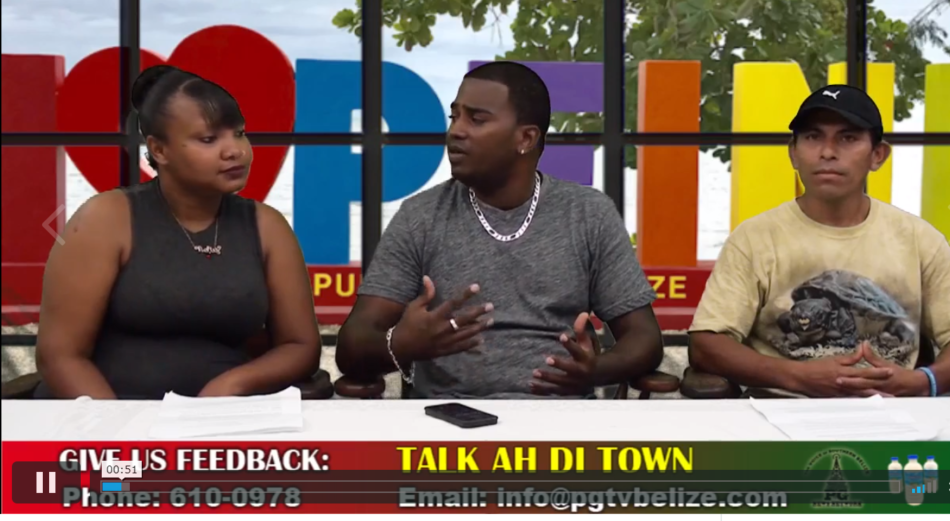
Photos of Hicatee Awareness Month 2017 and 2018 can be found in our album here: Hicatee Awareness Month on Flickr!
A fun compilation video of Hicatee Awareness Month 2018 activities can be viewed here: Highlights on YouTube


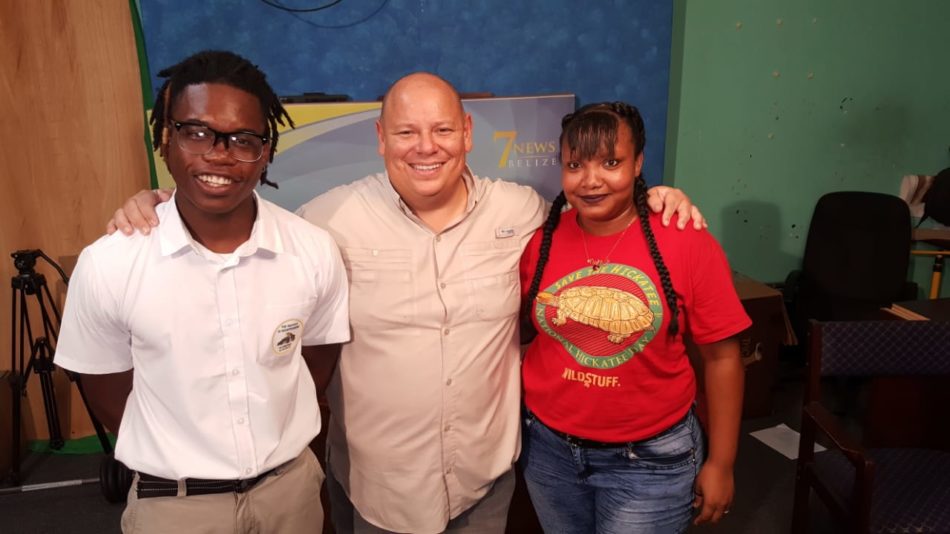
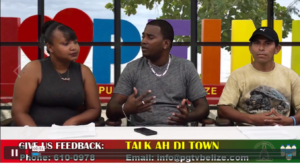
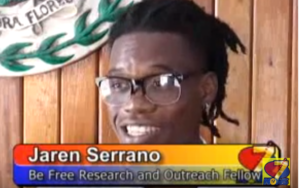
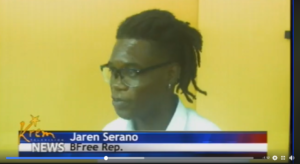
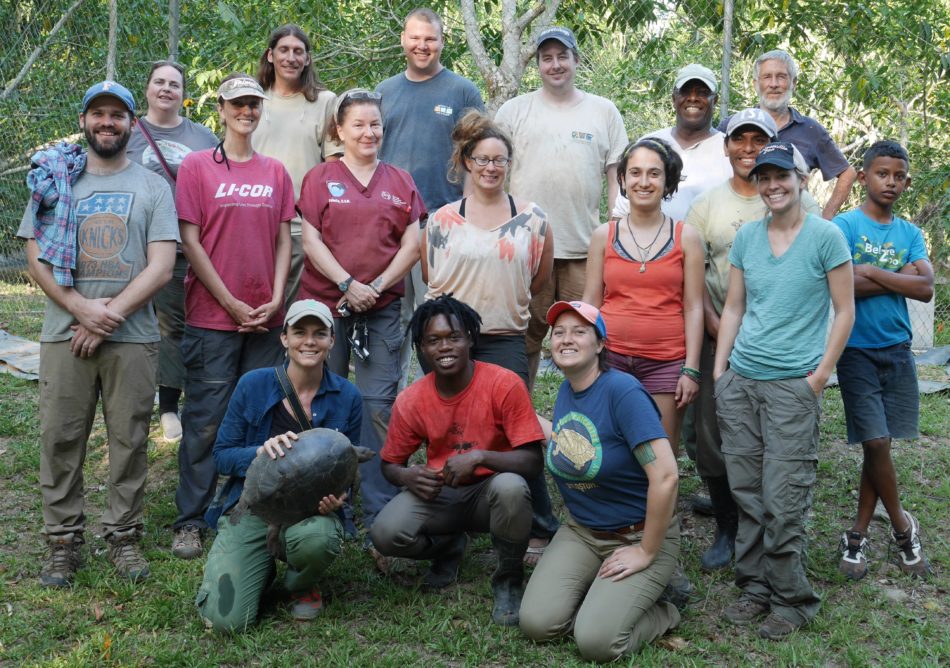
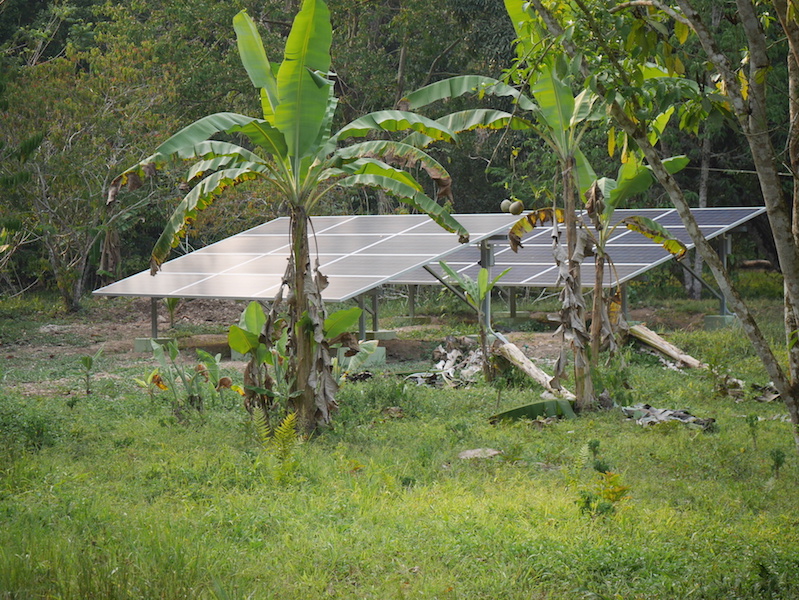
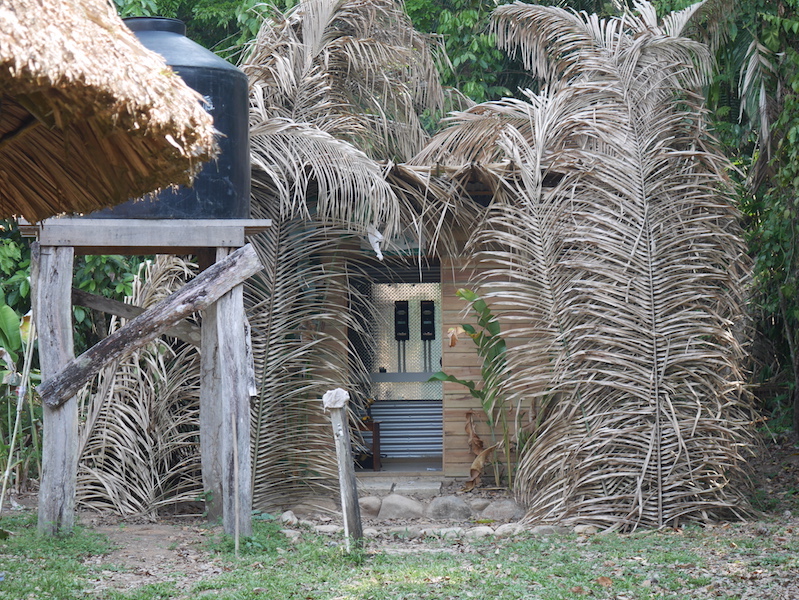
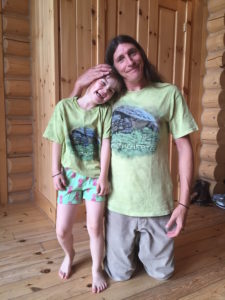 Lauren is BFREE Executive Director, Jacob Marlin’s niece. Last year, Lauren first learned of BFREE’s work to save the critically endangered hicatee turtle. She immediately became a passionate advocate on their behalf, donating all of the change in her piggy bank.
Lauren is BFREE Executive Director, Jacob Marlin’s niece. Last year, Lauren first learned of BFREE’s work to save the critically endangered hicatee turtle. She immediately became a passionate advocate on their behalf, donating all of the change in her piggy bank.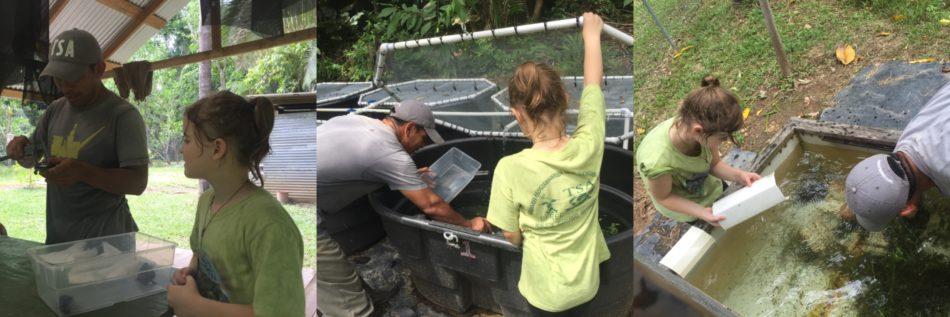
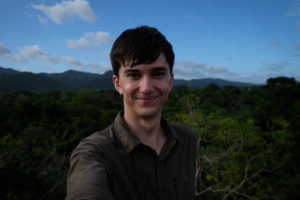 Parr McQueen, an undergraduate student at the University of Richmond traveled to Belize with BFREE earlier this year along with thirteen other classmates. The Field Course led by Dr. Amy Treonis and Dr. Kristine Grayson was focused on using experiential field methods to learn how scientists study the natural world.
Parr McQueen, an undergraduate student at the University of Richmond traveled to Belize with BFREE earlier this year along with thirteen other classmates. The Field Course led by Dr. Amy Treonis and Dr. Kristine Grayson was focused on using experiential field methods to learn how scientists study the natural world.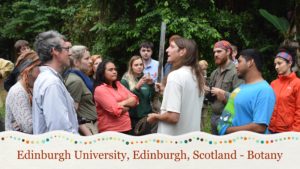
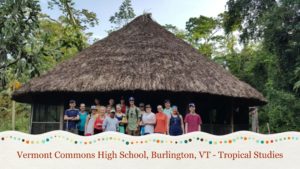
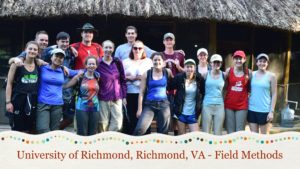
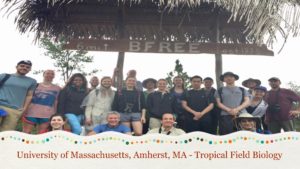
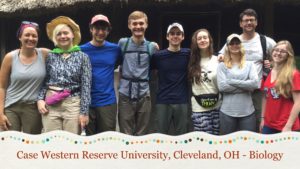
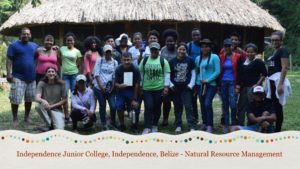
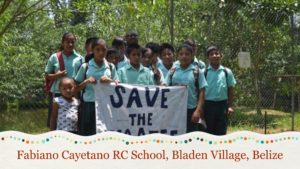
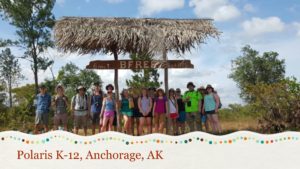
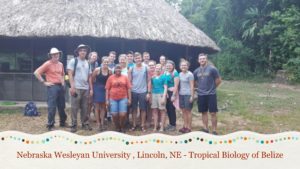
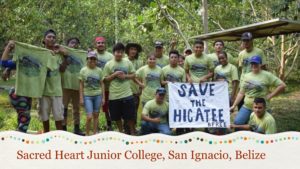
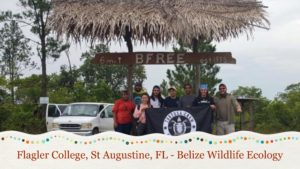
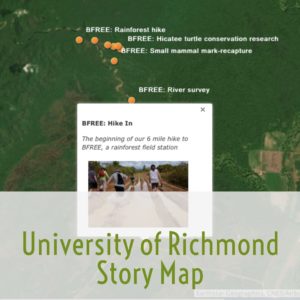
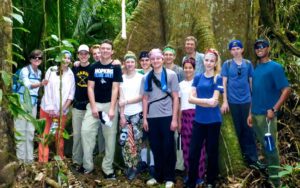
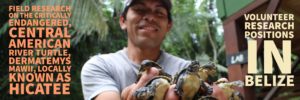
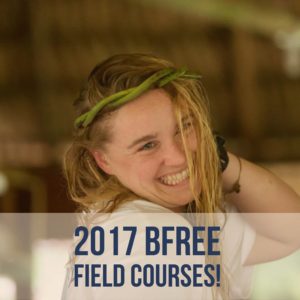
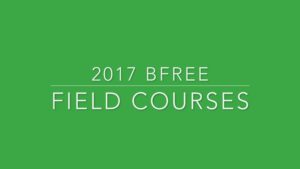
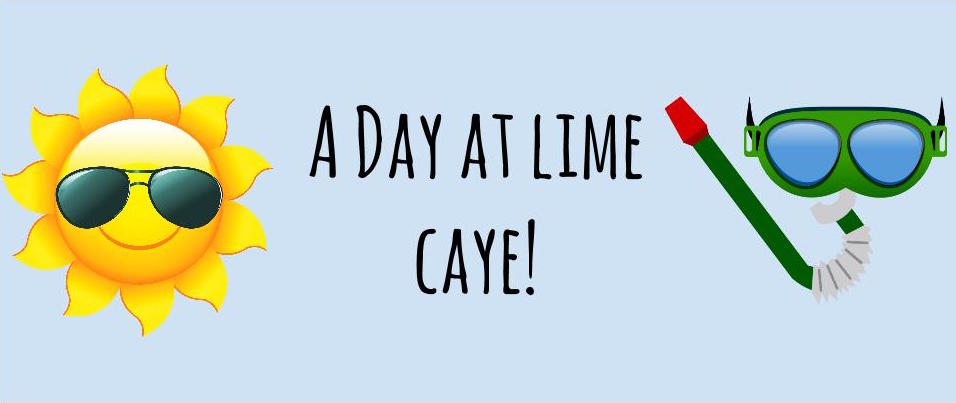
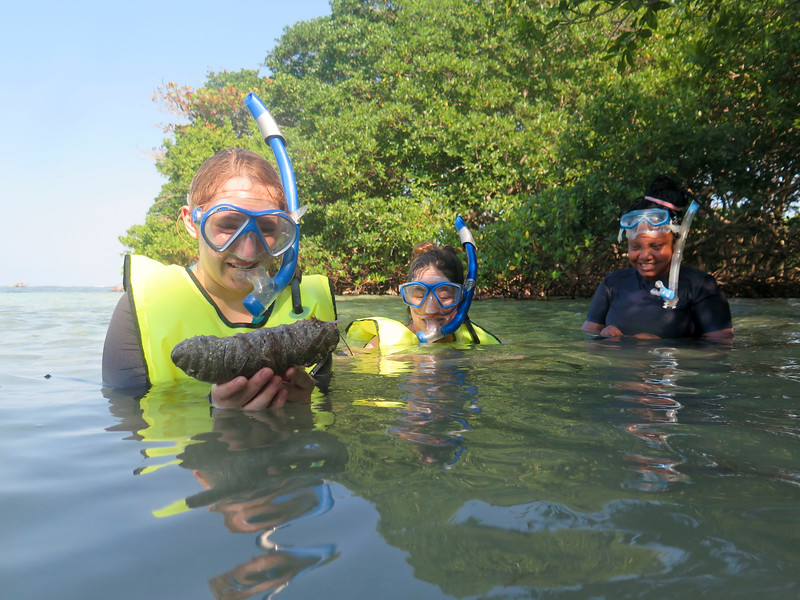 Lime Caye is located within the Sapodilla Cayes Marine Reserve, a nationally protected marine reserve established in 1996. The island is amongst the southern most group of islands in the Belize Barrier Reef which is the second longest barrier reef in the entire world.
Lime Caye is located within the Sapodilla Cayes Marine Reserve, a nationally protected marine reserve established in 1996. The island is amongst the southern most group of islands in the Belize Barrier Reef which is the second longest barrier reef in the entire world.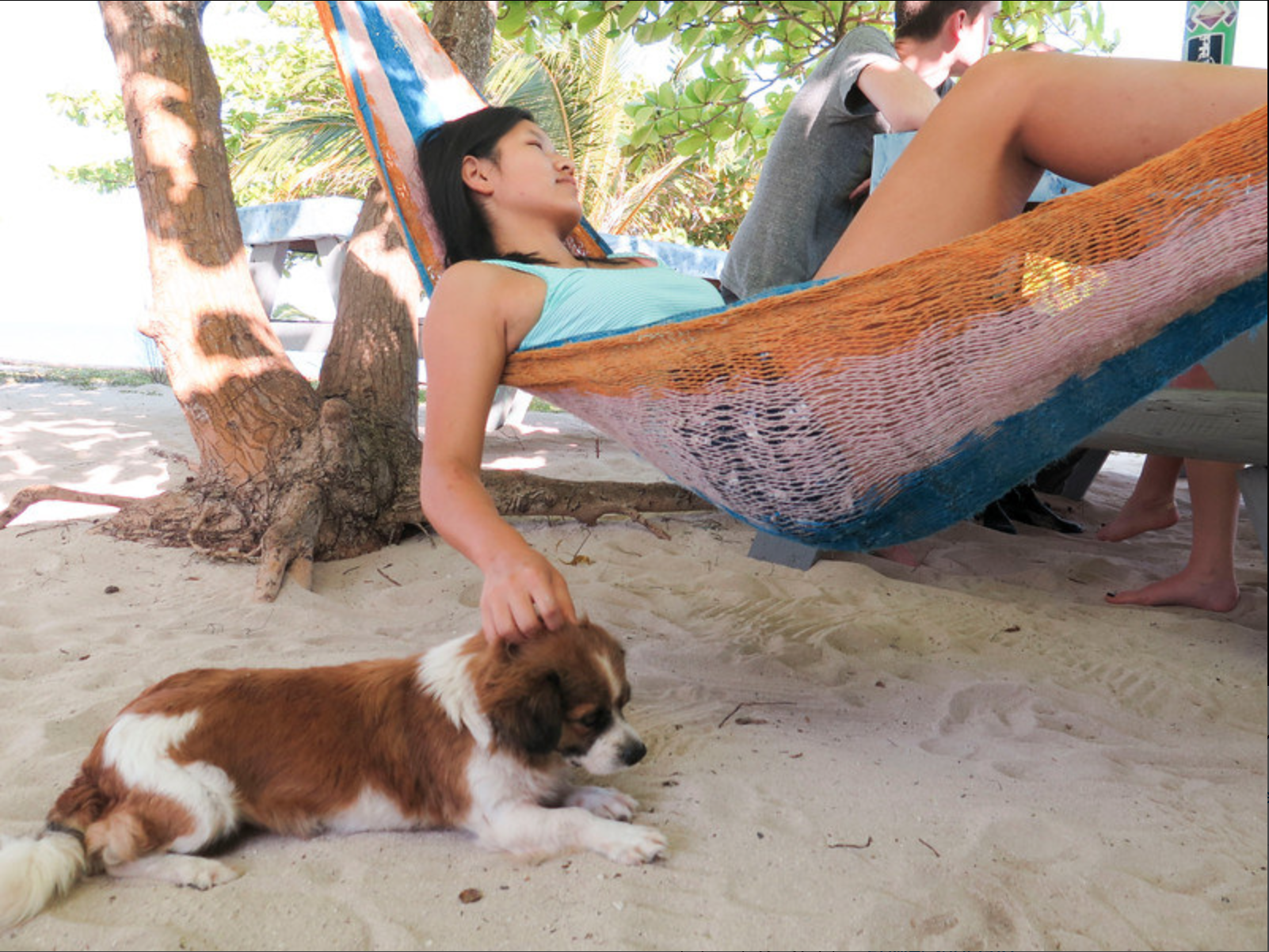 Lime Caye has plenty of entertainment for during the snorkeling breaks. Whether you are playing volleyball, journaling, preparing your project if you have one, exploring the island, having a hermit crab race or just relaxing on the beach, the time will fly by and soon it will be lunch time! For lunch you can usually expect tortillas, beans, rice and steamed veggies. If your group goes fishing, fresh seafood caught by you will also be served. These foods are all Belizean favorites and are staples to their meals at home. After lunch you’ll have a little bit more of down time and then it’s time to hop back in the Caribbean Sea!
Lime Caye has plenty of entertainment for during the snorkeling breaks. Whether you are playing volleyball, journaling, preparing your project if you have one, exploring the island, having a hermit crab race or just relaxing on the beach, the time will fly by and soon it will be lunch time! For lunch you can usually expect tortillas, beans, rice and steamed veggies. If your group goes fishing, fresh seafood caught by you will also be served. These foods are all Belizean favorites and are staples to their meals at home. After lunch you’ll have a little bit more of down time and then it’s time to hop back in the Caribbean Sea! s, you may go snorkel for a third time or you may head over to Hunting Caye. Hunting Caye is an adjacent Caye where the Belize Fisheries Department and the Belizean Coast Guard will give a presentation. The presentation will be all about how they control illegal fishing, the laws of the marine reserve, and some of the wildlife you may have encountered. If a marine biologist is also at the presentation you’ll likely learn about the lion fish, the coral reef, and any project they are working on at the time. Feel free to ask them questions, they love to talk about Belize and give the students as much information as possible.
s, you may go snorkel for a third time or you may head over to Hunting Caye. Hunting Caye is an adjacent Caye where the Belize Fisheries Department and the Belizean Coast Guard will give a presentation. The presentation will be all about how they control illegal fishing, the laws of the marine reserve, and some of the wildlife you may have encountered. If a marine biologist is also at the presentation you’ll likely learn about the lion fish, the coral reef, and any project they are working on at the time. Feel free to ask them questions, they love to talk about Belize and give the students as much information as possible.
